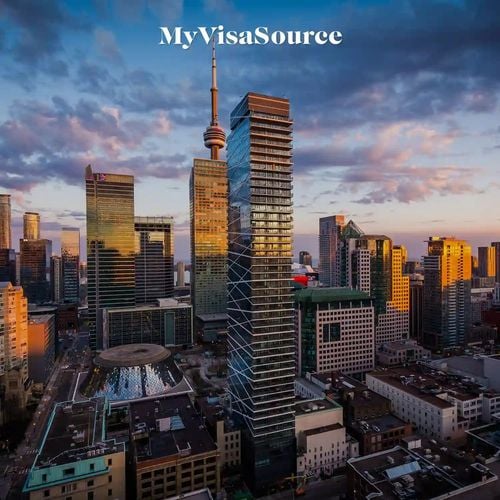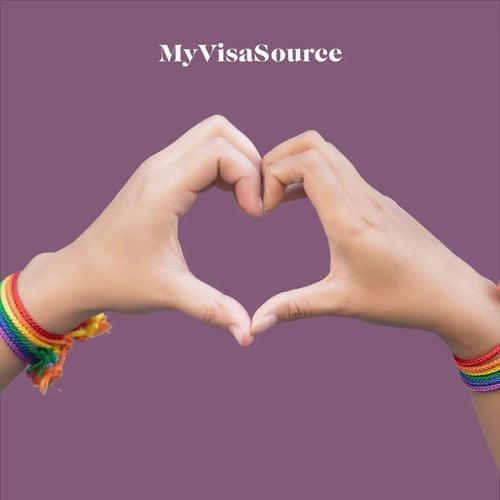According to a policy brief published by the Canada Excellence Research Chair (CERC), Canada needs to do more to retain its low-skilled temporary foreign workers.
The CERC program supports many Canadian universities by awarding $10 million to world-renowned researchers for their research projects. It was the first CERC awarded to Migration and Integration at Ryerson University.
Every year, Canada welcomes around 350,000 new immigrants. This was post-pandemic and even then 2/3rds of total immigrants invited were living as temporary residents beforehand. Currently, Canada has set its immigration levels to target to welcome around 401,000 new immigrants every year over 2021-23.
Why Does Canada Need Low-Skilled Workers?
An estimated 600,000 temporary residents come to Canada annually, most of whom transition to permanent residency. It has been observed that a majority of temporary residents who transition to permanent residency are employed in highly skilled occupations. This is mostly because temporary residents employed in low-skilled occupations have fewer opportunities to apply for permanent residency.
However, the ongoing Covid-19 pandemic has highlighted the importance of low-skilled workers to ensure the stability of the economy. These workers are employed as grocery store clerks, hospital cleaners, farmworkers, etc. During the pandemic, many temporary foreign workers were employed in frontline jobs and contributed significantly to Canada’s response to the pandemic.
Resultantly, it is expected that the demand for low-skilled workers will increase gradually over the next decade. Many sectors like childcare, family services, commercial transportation, food service industry and construction will require semi and low-skilled foreign workers to meet the demand of their labor markets.
Canada has an aging population and the demand for healthcare and social services is expected to increase as boomers reach their retirement age.
It has also been the case that many highly skilled foreign workers end up in low-skilled jobs due to Canadian-born worker’s reluctance to fill these positions. Due to the unavailability of Canadian workers, employers have to shift their focus to hiring foreign workers.



















